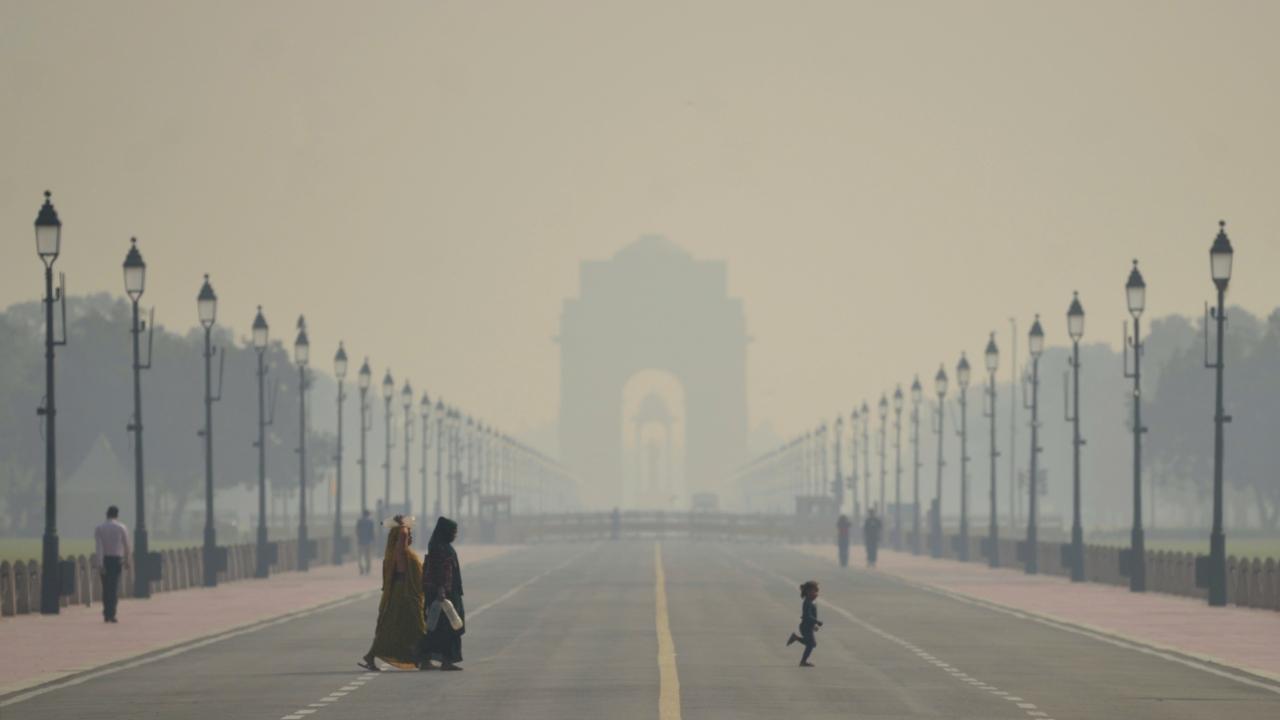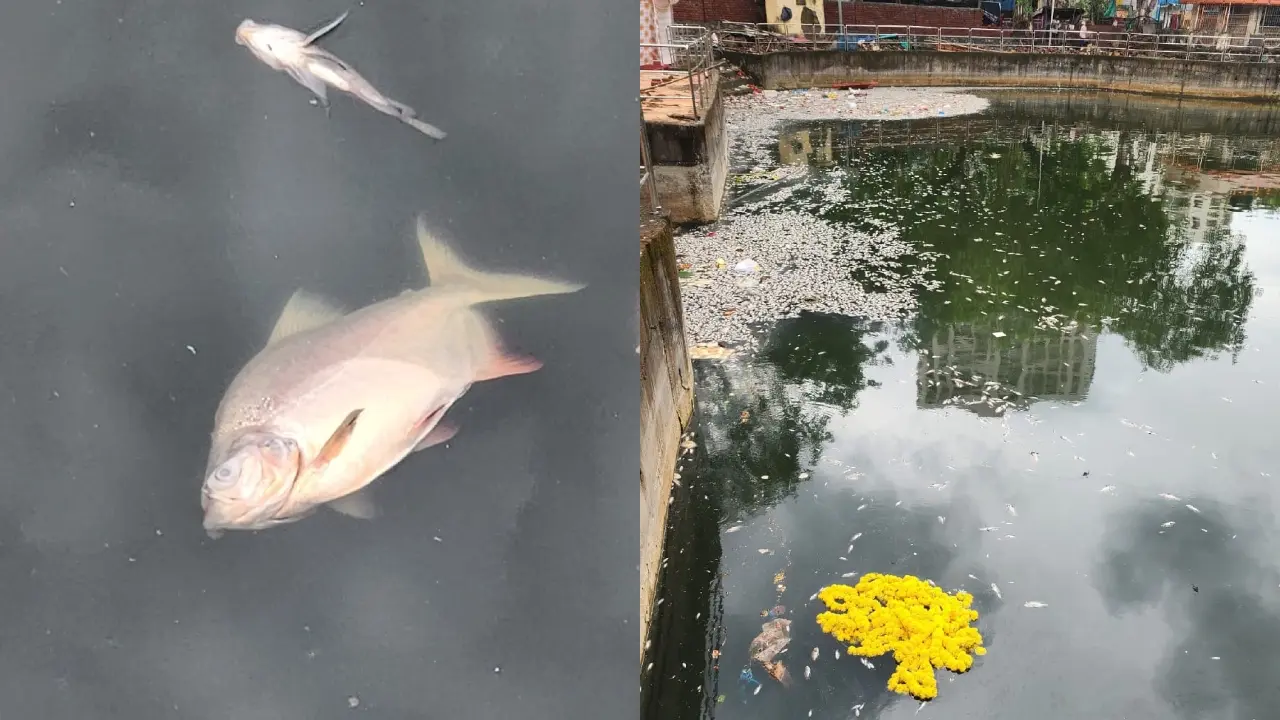Delhi`s air quality remained in the very poor category on Monday, even as the weather department forecast partly cloudy weather with chances of very light rain towards the evening.
According to the India Meteorological Department (IMD), the national capital recorded a minimum temperature of 17.3 degrees Celsius, 0.1 degrees above the season`s average.
The maximum temperature is expected to hover around 29 degrees Celsius. At 8:30 am, the humidity level was 94 per cent.
As per the Central Pollution Control Board`s (CPCB) Sameer app, localities such as Bawana and Anand Vihar recorded severe air quality with Air Quality Index (AQI) readings of 401 and 431, respectively.
Out of 38 monitoring stations across the city, 23 reported very poor air quality with readings above 300.
On Sunday, the city`s air quality had marginally improved to the poor category after remaining very poor for most of the day, while the minimum temperature settled at 15.8 degrees Celsius – the lowest recorded in October in the last two years.
The AQI had stood at 292 in the evening, compared to 324 in the morning.
In October 2023, the minimum temperature dipped to 15.9 degrees Celsius and settled at 17.4 degrees Celsius in the same month as the previous year.
According to the CPCB, an AQI between 0 and 50 is considered “good”, 51-100 “satisfactory”, 101-200 “moderate”, 201-300 “poor”, 301-400 “very poor”, and 401- 500 “severe”.
Meanwhile, the New Delhi Municipal Council (NDMC) launched the second phase of its “mist sprayer project” on Sunday along Shanti Path and Africa Avenue roads to help curb rising air pollution, reported PTI.
The civic body, in a statement, said that the continuation follows the successful first phase at Lodhi Road.
Delhi`s air quality continues to remain in the “very poor” category, prompting NDMC to intensify efforts for dust suppression, smog reduction, greenery enhancement, and public awareness, NDMC Chairperson Kuljeet Singh Chahal said.
Mist sprayers mounted on electric poles release fine droplets of treated water, which help settle dust and pollutants, improving air quality.
The system also aids in watering roadside plants and conserving water.
On Africa Avenue Road, 30 poles with five nozzles each have been installed over an 850-metre stretch, while 32 poles have been placed along a 900-metre stretch of Shanti Path.
Each pole uses around 84 litres of treated water per hour, supported by storage tanks.
Chahal said the third phase of the project will cover 24 major roads in the NDMC area at a cost of Rs 15 crore, while the fourth phase will extend to Connaught Place and Khan Market, reported PTI.
“Team NDMC is committed to the prime minister`s vision of a clean and green India and to ensuring a healthier environment for citizens,” he said, reported PTI.
(With inputs from PTI)











